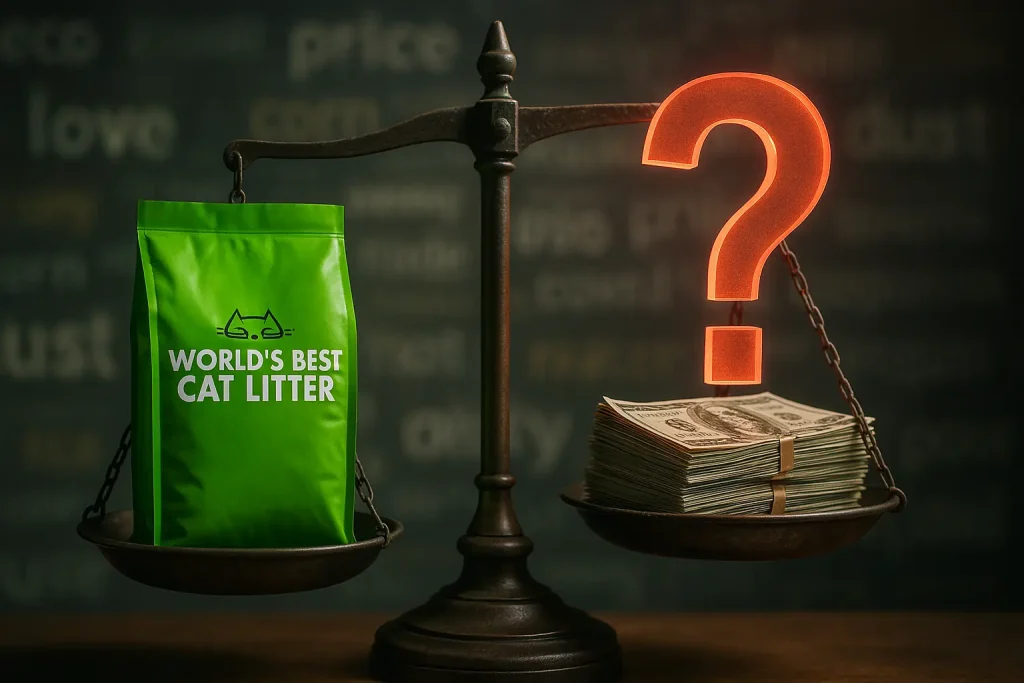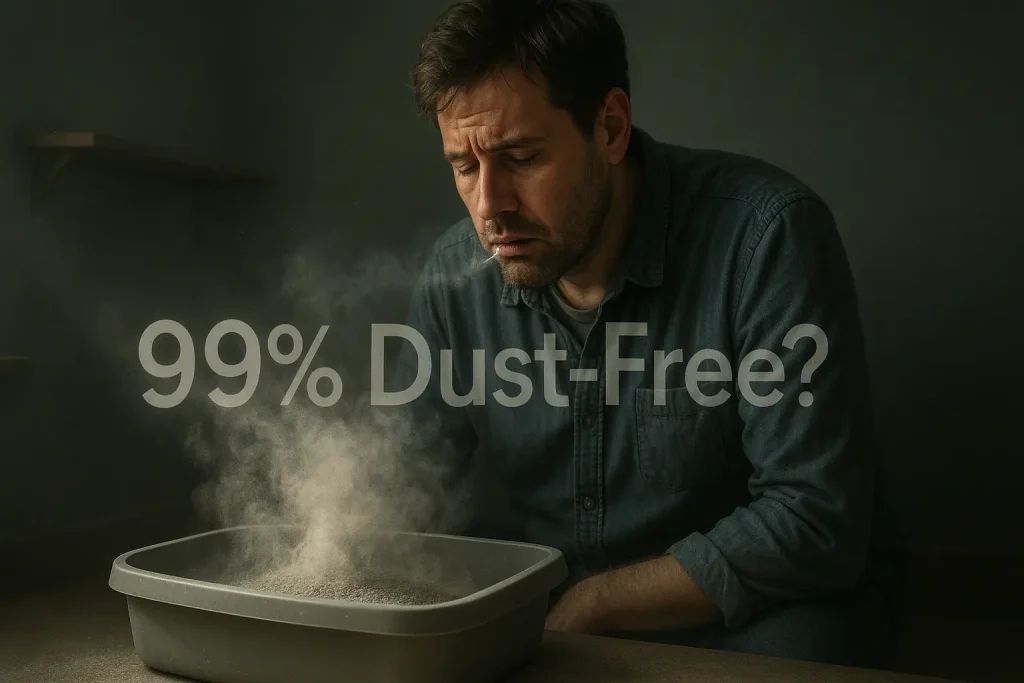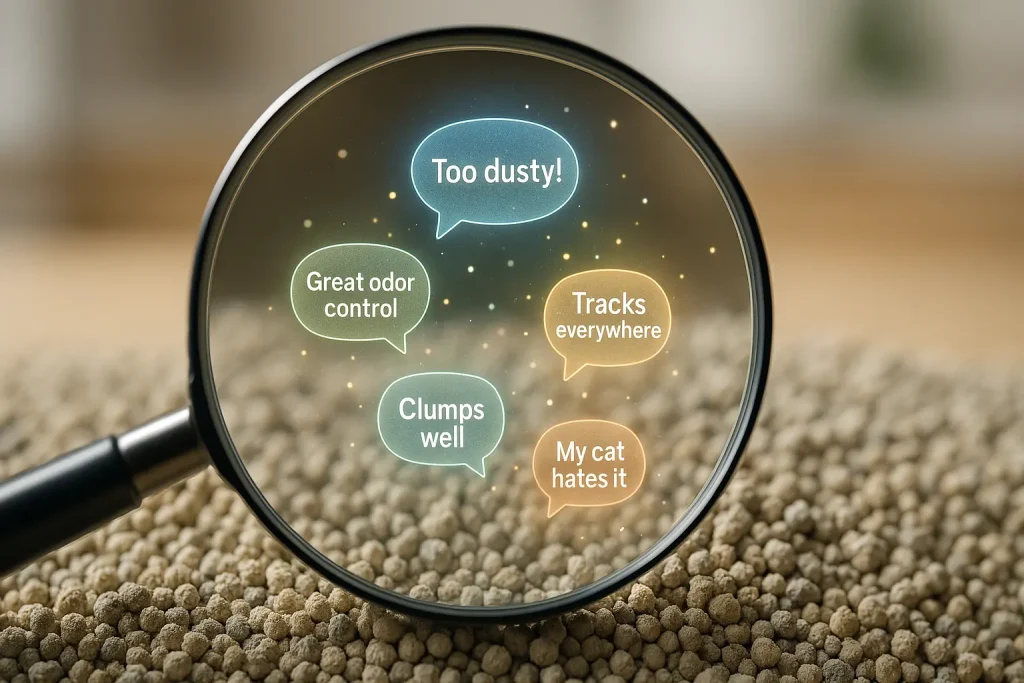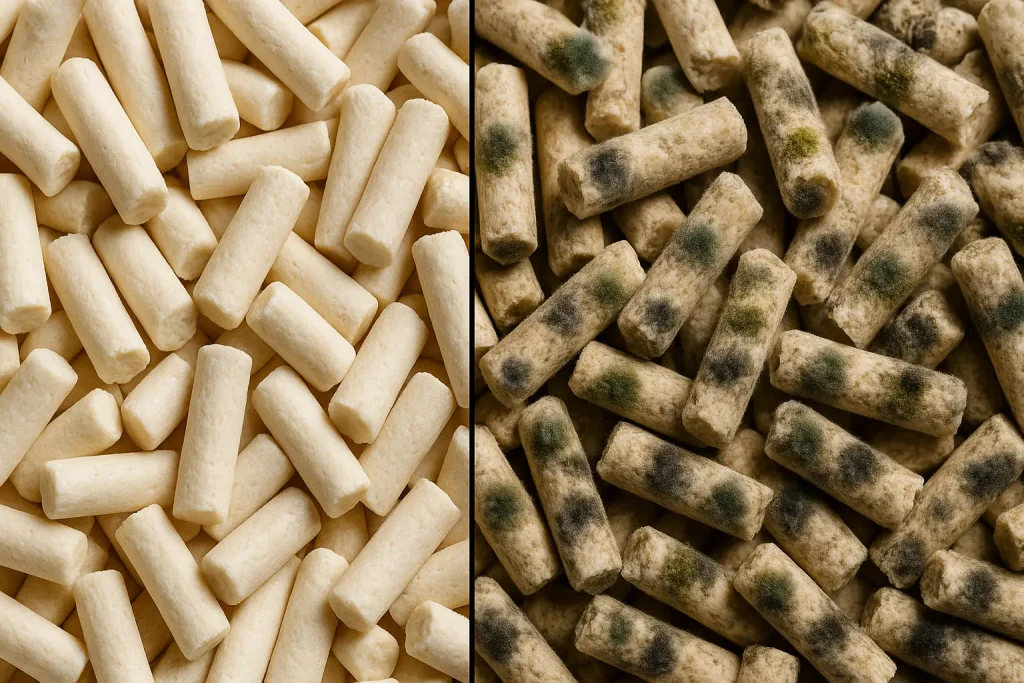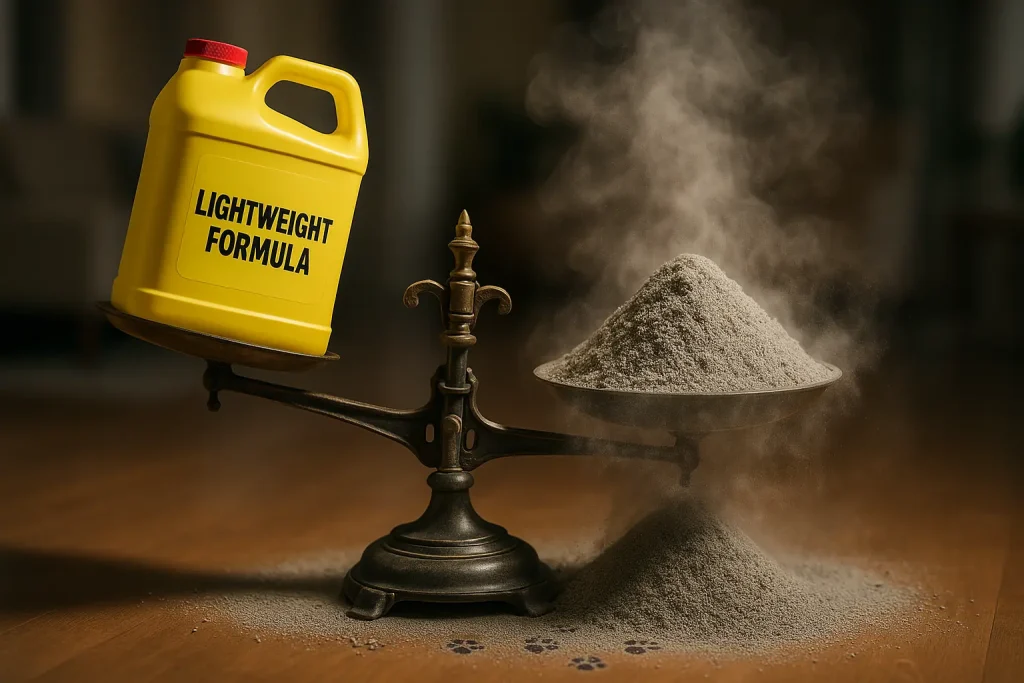The Alluring Promise: Can Your Litter Really Play Doctor?
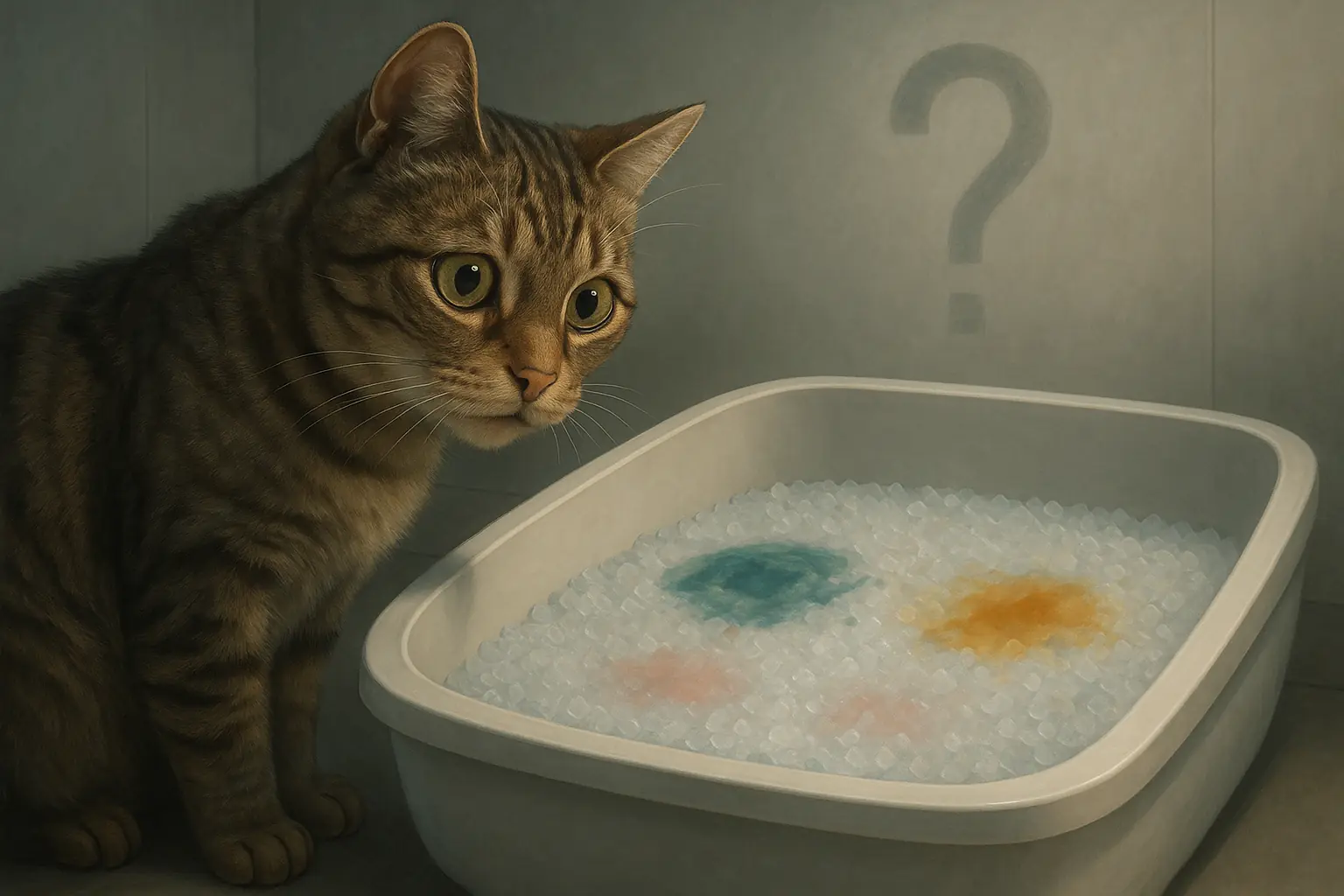
Ever seen those ads? Crystal litter changes color. It promises early warnings about your cat's hidden health issues. This prospect offers immense appeal to concerned owners. Early detection could bring peace of mind.
But a crucial question arises. Is this a health tool or just clever marketing? Many cat owners express doubts about true reliability. Are these color shifts genuinely diagnostic indicators? Or is it an expensive gimmick? Cat Litter Hub investigates real user feedback. We analyze experiences to find the truth.
The Rainbow Connection: How These Litters Claim to Detect Health Issues
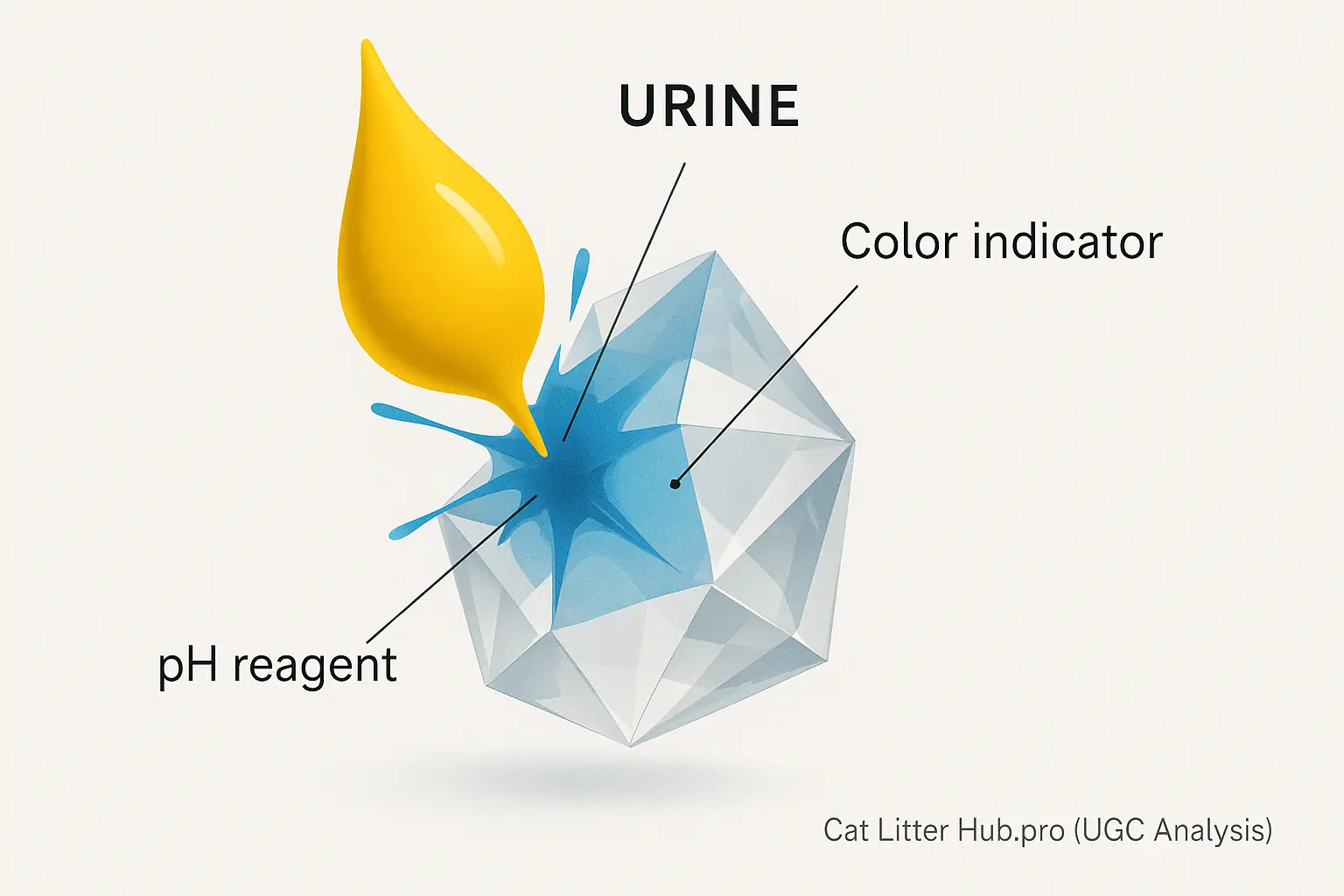
How do these 'smart' litters supposedly work? Their silica gel crystals, manufacturers claim, hold pH indicators or chemical reagents. These embedded substances purportedly react to specific abnormalities within cat urine. The litter is designed to change color, signaling unusual pH, blood presence, or bilirubin levels.
The marketing typically presents a color chart. Normal urine shows one color. Other colors may indicate potential alkalinity or acidity. Different hues supposedly correlate with blood presence or other targeted markers. Manufacturers connect these visual cues to early warnings for UTIs, kidney disease, or metabolic problems; this is their fundamental premise.
The User Reality: What Cat Owners REALLY Experience with Color-Changing Litters
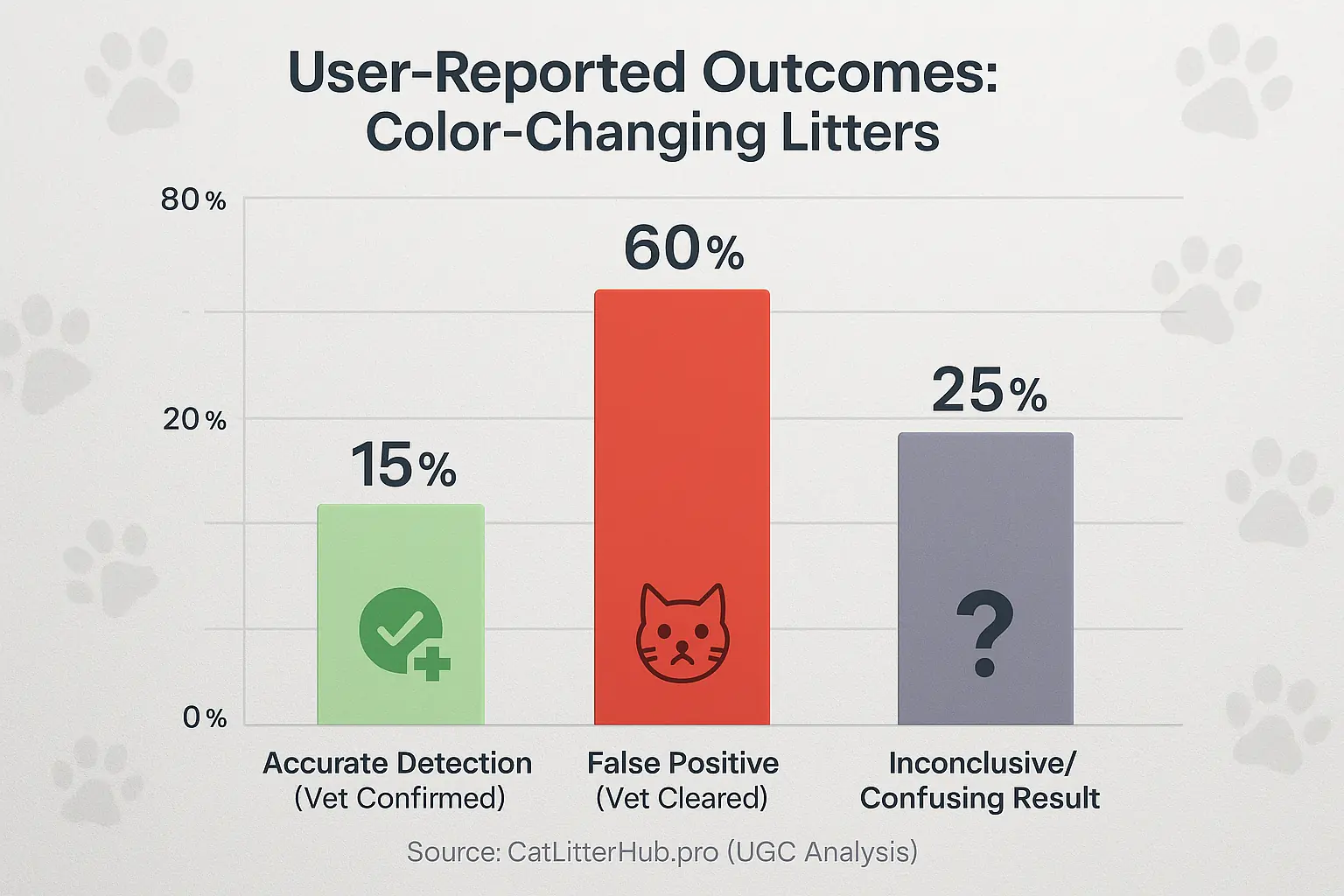
Color-changing litters promise early health warnings. A rainbow signal. But does this rainbow promise hold up in real-world litter boxes? Our deep dive into thousands of owner reviews and forum discussions paints a much more complicated picture. The consensus from user experiences often leans towards skepticism regarding these products.
A recurring theme? False positives. Picture this: you see a worrying color change in the litter. You rush your perfectly healthy cat to the vet. The vet then tells you... nothing is wrong. Many users share stories of this exact scenario. They describe intense anxiety. Unnecessary vet bills become a painful reality for these owners. The emotional cost of these false alarms is a significant concern repeatedly voiced in user feedback.
Owners also report bafflingly inconsistent results with these litters. Sometimes the litter changes color as expected. Other times, it does not, even with the same cat and consistent diet. What gives? Users speculate about many external factors. Food dyes might influence readings. Medications could play a role. Some even question if cleaning products used near the litter box affect the sensitive color indicators. One owner noted their cat had frequent UTIs, yet the litter never once changed color, highlighting this inconsistency.
To be fair, some owners do report the litter correctly flagging an issue. Their veterinarian later confirmed the problem. However, how often is this a fortunate coincidence? Could confirmation bias play a part after a worrying color appears? The collective data from user experiences isn't clear-cut enough to validate these litters as consistently reliable standalone diagnostic tools. The widespread user confusion and anxiety often seem downplayed by marketing claims.
The Vet's Verdict: Are Color-Changing Litters a Diagnostic Tool or Distraction?
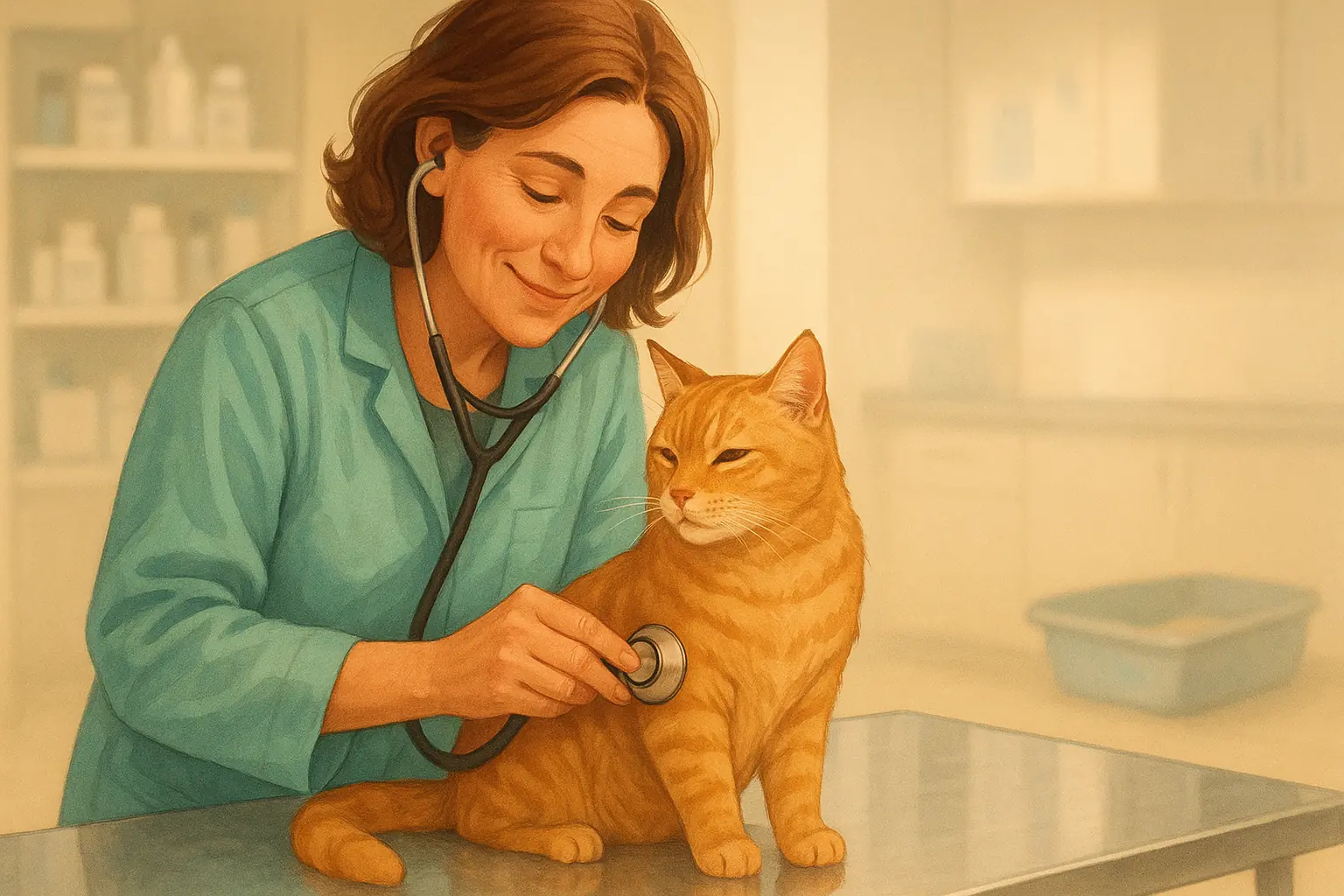
So, what do veterinary professionals typically say about these health-indicating litters? The idea of early detection appeals to many owners. Most vets, however, approach these products with marked caution, emphasizing they are not substitutes for regular veterinary check-ups or professional diagnostics.
Veterinarians often point out crucial limitations of these litters; published veterinary perspectives echo these concerns. Color changes can be non-specific; many factors unrelated to serious illness might influence them. This reliance can delay proper veterinary care if a real issue is missed, or cause undue owner stress from false alarms. A key concern vets raise: these litters might foster a false sense of security, or conversely, create unduly anxious owners.
The veterinary consensus is clear. These litters might be a supplementary observation tool for some owners, at best. They can NEVER replace a vet's invaluable expertise, diagnostic tests, and a thorough physical exam. If you see a concerning color, or any change in your cat's behavior, your veterinarian needs your first call.
Interactive Check: Interpreting That Litter Color Change (A User Guide, Not a Diagnosis!)
Litter Color Check: What to Consider
How is your cat behaving?
This quick check helps you organize your observations. It does not diagnose any condition. Remember, many factors can influence litter color.
No at-home tool replaces your veterinarian's diagnostic expertise. If you have any concerns about your cat's health or a persistent unusual litter color, professional consultation is always the best course of action.
The Price of Vigilance: Is the Cost of Health-Monitoring Litter Justified by Its Benefits (or Anxiety)?
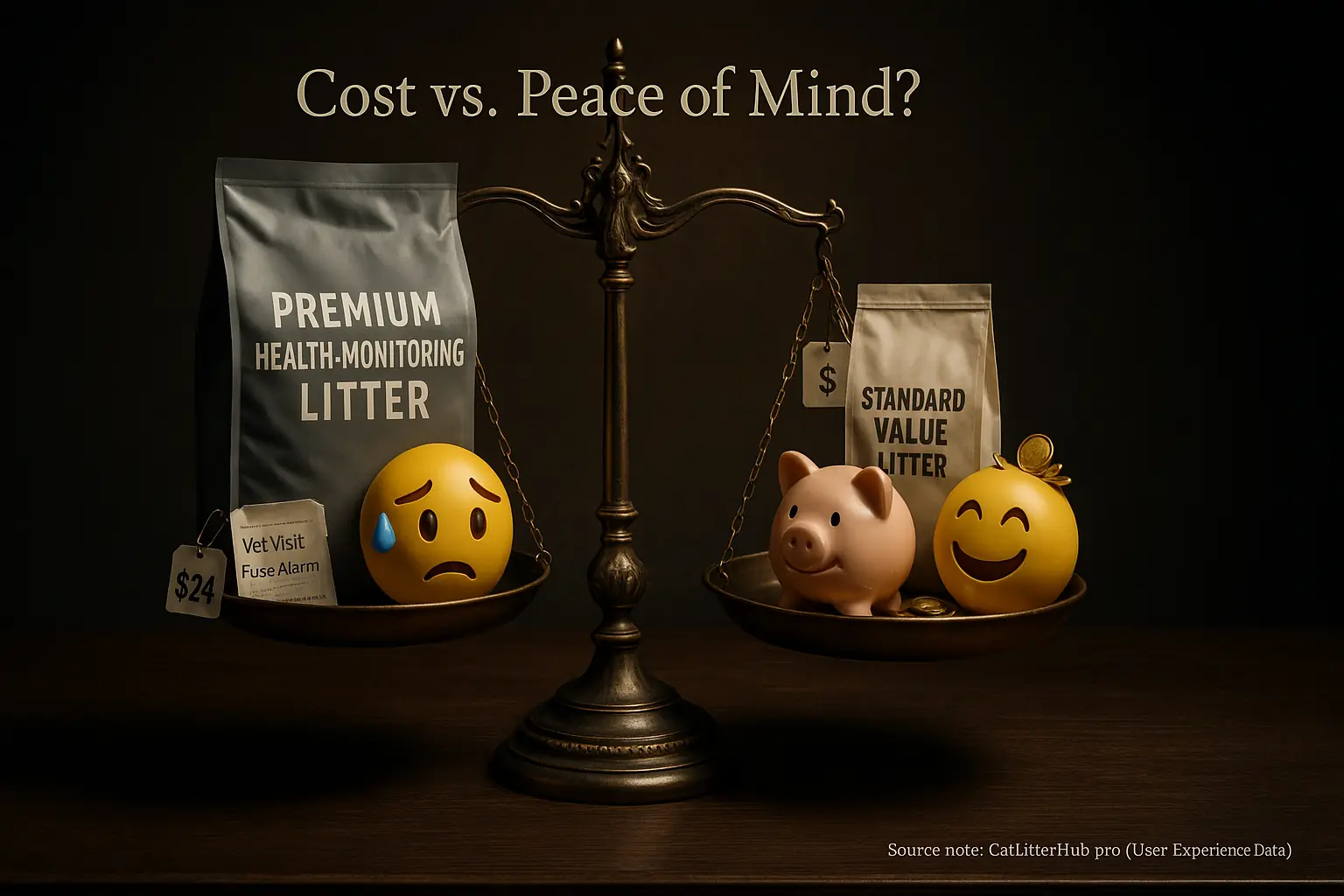
Let's talk cost. Health-monitoring litters command a premium price. This contrasts sharply with standard options. Users definitely feel this in their wallets; our analysis of online discussions shows monthly costs for these litters, like PrettyLitter at around $24, are substantially higher than traditional clays, which can be $2 to $3 per pound.
The marketed benefit is potential early detection. This could theoretically reduce future, larger veterinary expenses. However, Cat Litter Hub's synthesis of countless user experiences uncovers a frequent, costly counter-narrative: the price of false alarms. Think about it. Multiple 'scares' trigger vet visits. These visits, as reported by numerous cat owners, can quickly accumulate, negating any potential long-term savings. The emotional toll of this anxiety is also a significant burden consistently mentioned in user feedback.
So, is this premium genuinely justified by the benefits? For a specific group of cat owners, user reports suggest it can be. Those managing cats with pre-existing, chronic health conditions, often under close veterinary supervision, sometimes find the monitoring aspect valuable. Yet, for the majority of households with generally healthy cats, the collective sentiment from user reviews indicates a different story. The high recurring purchase price, compounded by the stress and expense of potential false positives, frequently leads owners to deem these litters a questionable value. The patterns in user data lean this way.
The Final Verdict: Color-Changing Litter - Helpful Tool or Overhyped Hope?
So, after sifting through extensive user experiences and considering veterinary cautions, what's the real deal with color-changing litters? The overwhelming takeaway: they are NOT a reliable standalone diagnostic tool. While a color change might occasionally flag a real issue, the high rate of false positives and inconsistencies reported by countless owners makes them more of a source of anxiety than accurate insight for many.
Our advice, echoed by many vets? Don't rely on your litter box to play doctor. Use these products with extreme caution, if at all. Pay attention to your cat's actual behavior, appetite, and energy levels – these are often far more reliable health indicators. And if you're ever worried? Your vet is your best friend. Period.
Related Insight: Silica Gel Color Change: Health Indicator or Marketing? User Interpretations
Silica gel litters often advertise color changes as feline health alerts. Many cat owners question what these varying hues truly signify. Are they reliable health signals or primarily a marketing feature?
User discussions reveal a wide spectrum of interpretations for different colors. Other elements, beyond your cat's health, reportedly influence the final shade. We are examining what specific color changes might genuinely indicate, based on these extensive community experiences.

